When Should You Replace Water Filtration Systems?
Understanding when to replace your water filtration system is essential for maintaining clean, safe water and protecting the health of your household. Water filtration systems are designed to remove impurities, improve taste, and safeguard against contaminants, but their effectiveness diminishes over time. Regular maintenance and timely replacement help ensure that these systems continue to function optimally, providing high-quality water for drinking, cooking, and other household uses. In this article, we examine the types of water filtration systems, the indicators that signal it is time for replacement, and strategies for extending system lifespan. By the end, you will have the knowledge to make informed decisions about maintaining and replacing your water filtration system effectively.
1. Understanding Different Types of Water Filtration Systems
1.1. Activated Carbon Filters
Activated carbon filters are one of the most common types of water filtration system components. They remove chlorine, sediment, and volatile organic compounds (VOCs) by adsorbing impurities onto a highly porous carbon surface. These filters are valued for improving water taste and odor while providing a first line of defense against chemical contaminants. Replacement is generally required every six months to a year, depending on household water usage and quality. Homeowners should monitor changes in taste, odor, or water flow, as these are key indicators that the filter needs replacement.
Activated carbon filters work best when paired with other filtration methods, such as sediment pre-filters or reverse osmosis systems, to provide comprehensive water purification. Consulting water quality experts can help ensure the system is tailored to the household's specific needs, maximizing filtration efficiency and extending the filter's useful life. Establishing a routine replacement schedule helps maintain optimal performance, particularly in areas with higher levels of chlorine or VOC contamination.
1.2. Reverse Osmosis Systems
Reverse osmosis (RO) systems are known for their ability to remove a wide range of contaminants, including salts, heavy metals, and bacteria. Water is forced through a semipermeable membrane that blocks larger particles and dissolved substances, producing purified water suitable for drinking and cooking. To maintain efficiency, the membrane and pre-filters require regular maintenance and replacement, which typically occurs every 12 to 24 months depending on water quality and usage levels.
Although RO systems tend to be more expensive than basic filters, their comprehensive contaminant removal provides significant long-term benefits. Integrating RO with other water filtration system components, such as activated carbon or UV purifiers, enhances overall water quality and ensures a reliable source of safe water for the household. Monitoring water quality and adhering to maintenance schedules are key to maximizing the longevity and effectiveness of these systems.
1.3. Ultraviolet (UV) Purifiers
UV purifiers use ultraviolet light to neutralize bacteria and viruses, providing a chemical-free method of disinfection. These systems are especially useful for households relying on well water or other sources prone to microbial contamination. UV lamps should be replaced annually to maintain effectiveness, and routine inspections ensure the system is functioning correctly.
According to Houzeo, plumbing systems should be inspected every two years, providing a natural opportunity to check the performance of UV purifiers. While UV systems do not remove sediments or heavy metals, combining them with other filtration stages, such as sediment or activated carbon filters, creates a comprehensive approach to water purification and safety.
1.4. Sediment Filters
Sediment filters are essential for removing larger particles, including sand, silt, and rust. They often serve as the first stage in multi-stage water filtration systems, protecting downstream components from damage. Sediment filters typically require replacement every two months, depending on the quality of incoming water and sediment levels.
Indicators that a sediment filter needs replacement include reduced water pressure and visible particles in tap water. For households in areas with high sediment, pre-filters or higher-capacity sediment units can help prolong the lifespan of the main filter. Regular monitoring of sediment levels ensures efficient operation and helps prevent damage to the water filtration system.
1.5. Ion Exchange Systems
Ion exchange systems are primarily used for water softening. They remove hard minerals, such as calcium and magnesium, replacing them with sodium or potassium ions. This process prevents scale buildup in plumbing and extends the life of appliances. Resin beds in ion exchange systems require periodic regeneration or replacement based on water hardness and household consumption.
Regular monitoring ensures that the ion exchange system operates efficiently, providing consistent soft water and maintaining appliance performance. When integrated with other water filtration system components, ion exchange systems contribute to a complete water purification strategy, supporting overall water quality management for the household.
2. Key Indicators That Your Filtration System Needs Replacement
2.1. Decline in Water Quality
A noticeable change in water taste, color, or odor is often the first sign that a water filtration system requires replacement. Over time, filters become saturated with contaminants and lose their effectiveness, allowing impurities to pass through. Regular water testing can help detect these changes early, ensuring timely maintenance and reducing the risk of exposure to potentially harmful substances.
2.2. Decrease in Water Pressure
A drop in water pressure often indicates blockages or worn components within a filtration system. Accumulated debris can reduce flow and limit system efficiency. Monitoring water pressure regularly helps homeowners identify problems before they escalate.
2.3. Unusual Tastes or Odors
Metallic, sour, or otherwise off-tasting water may signal that a filter is no longer functioning effectively. Identifying the source whether a worn filter, membrane, or resin bed allows for timely replacement or repair, restoring water quality and ensuring household safety. Keeping a log of taste and odor changes can help homeowners anticipate the appropriate replacement schedule for each component.
2.4. Visible Contamination in Water
Cloudy water, floating particles, or discoloration suggest that one or more filtration components are failing. Immediate replacement prevents further contamination, protects plumbing infrastructure, and maintains the system's overall effectiveness. For households with high sediment or particulate levels, multiple filtration stages help reduce the frequency of replacements and maintain consistent water quality.
2.5. System Age and Manufacturer Recommendations
Even with proper maintenance, older water filtration systems gradually lose efficiency. Following manufacturer guidelines for replacement schedules ensures continued protection against contaminants. Updating older systems or combining them with complementary filtration technologies can extend system longevity and improve overall performance. Staying aware of system age and adhering to recommended maintenance intervals is essential for both safety and cost management.
3. The Impact of Water Quality on Filtration System Lifespan
3.1. Hard vs. Soft Water
Water hardness has a significant effect on the performance and lifespan of water filtration systems. Hard water, rich in calcium and magnesium, promotes scale buildup in pipes and filtration components, reducing efficiency and requiring more frequent maintenance. Soft water exerts less strain on system components, allowing filters and membranes to last longer. Homeowners in areas with hard water may benefit from water softeners or ion exchange systems to protect their filtration systems and maximize their longevity.
3.2. Contaminant Levels
The level of contaminants in the water supply directly influences how often components of a water filtration system must be replaced. High concentrations of sediments, heavy metals, or chemical pollutants accelerate filter wear and require more frequent maintenance. Professional water testing can help determine contaminant levels and guide the selection of appropriate filtration technologies, ensuring the system continues to provide safe and clean water for the household.
Replacing and maintaining your water filtration system at the proper intervals is critical for ensuring water quality, protecting household health, and preserving system efficiency. Monitoring water taste, odor, clarity, and pressure, along with adherence to manufacturer recommendations, supports effective system management. Regular inspections, as recommended every two years, allow homeowners to identify issues before they affect performance. Expert services, such as those provided by Grossman Plumbing and Heating, can help homeowners optimize filtration performance, extending system life and ensuring safe, clean water for all household uses.
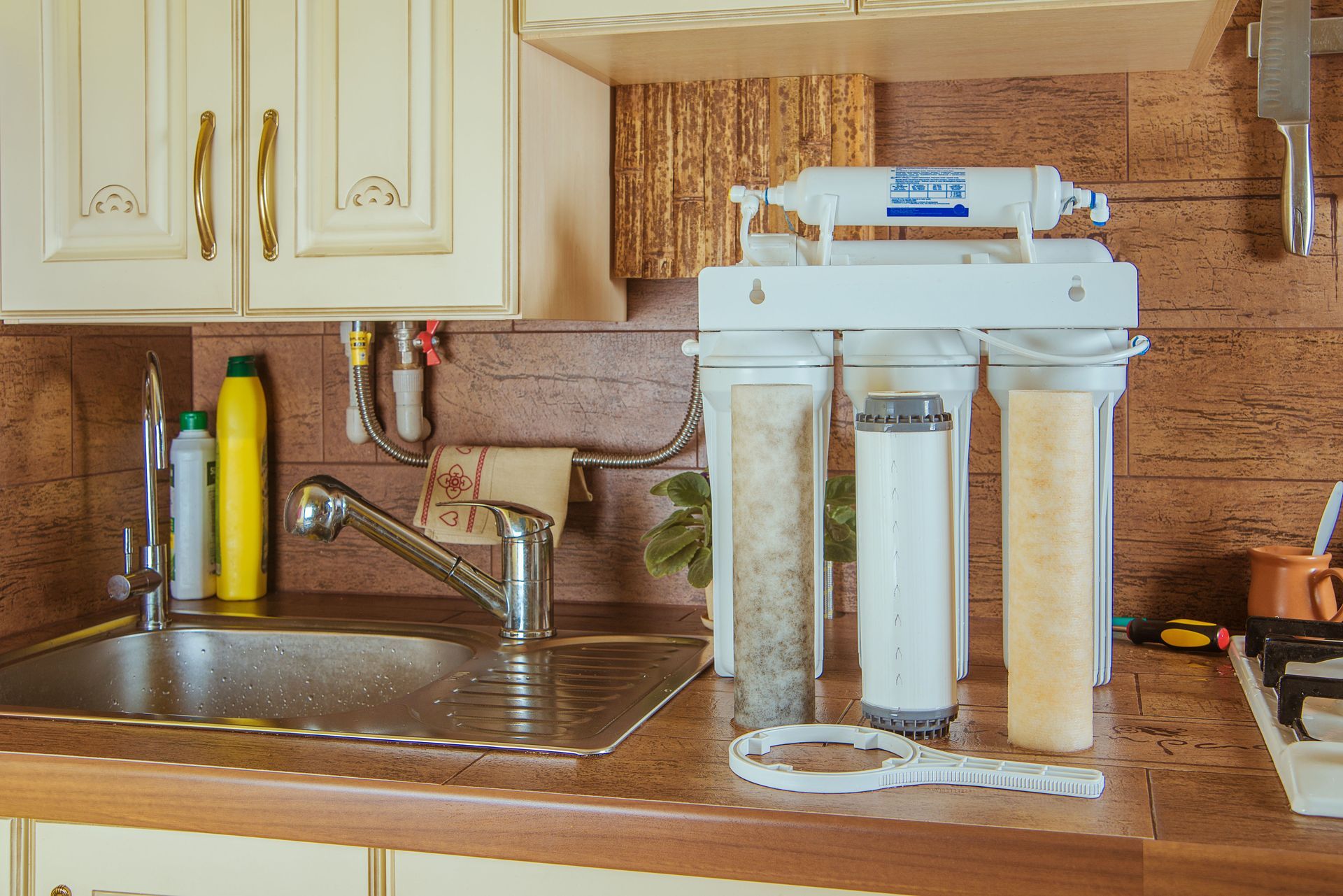

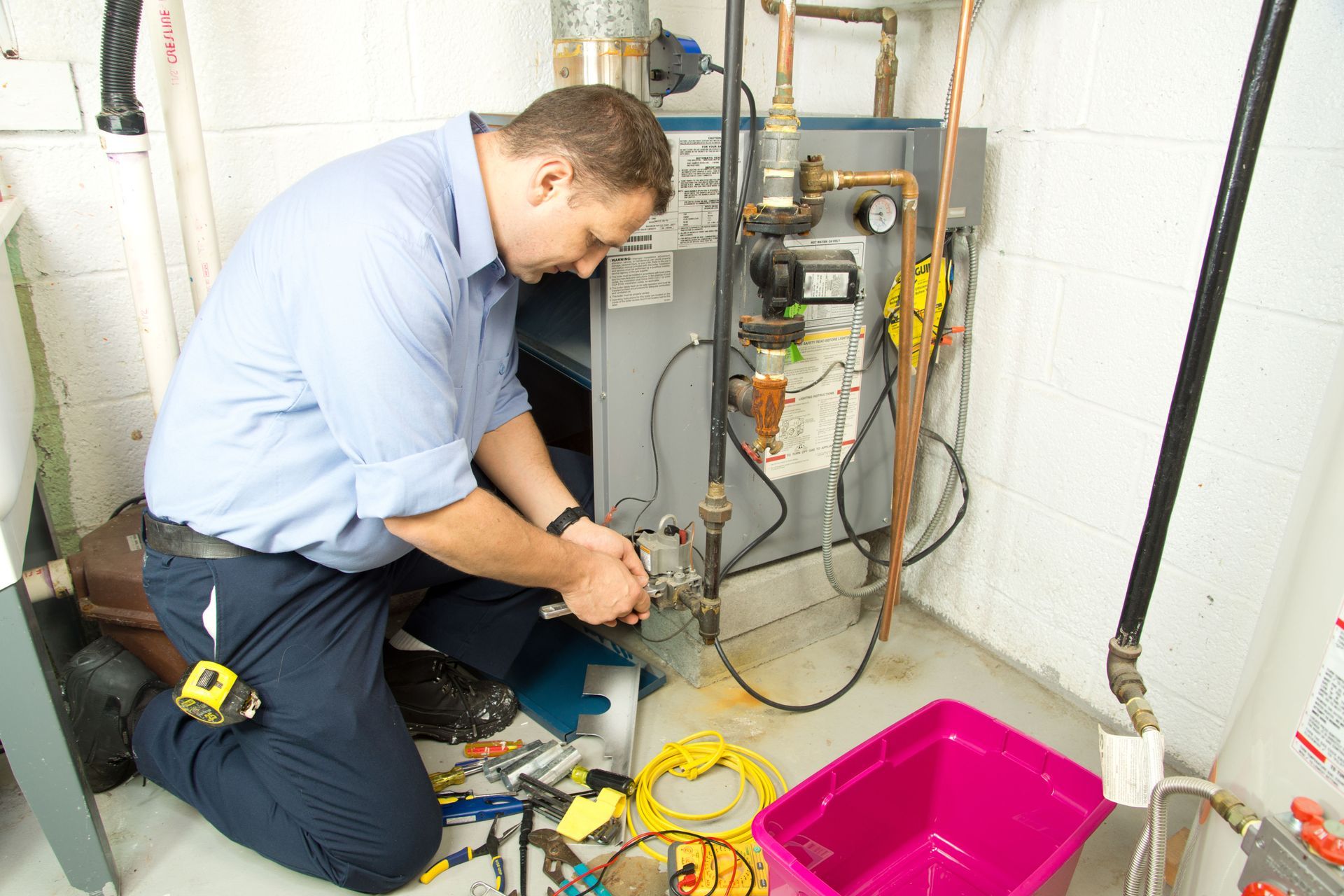
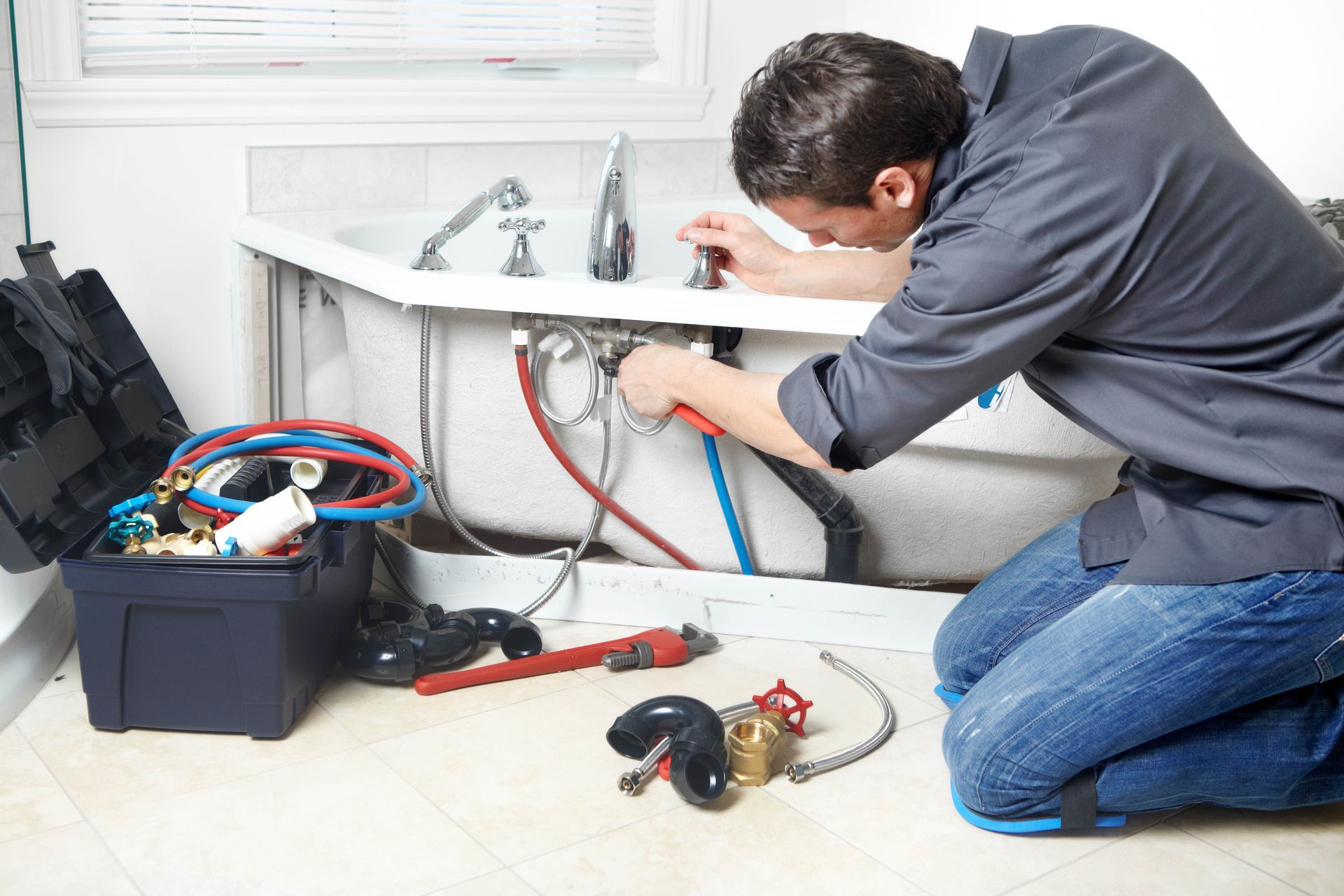
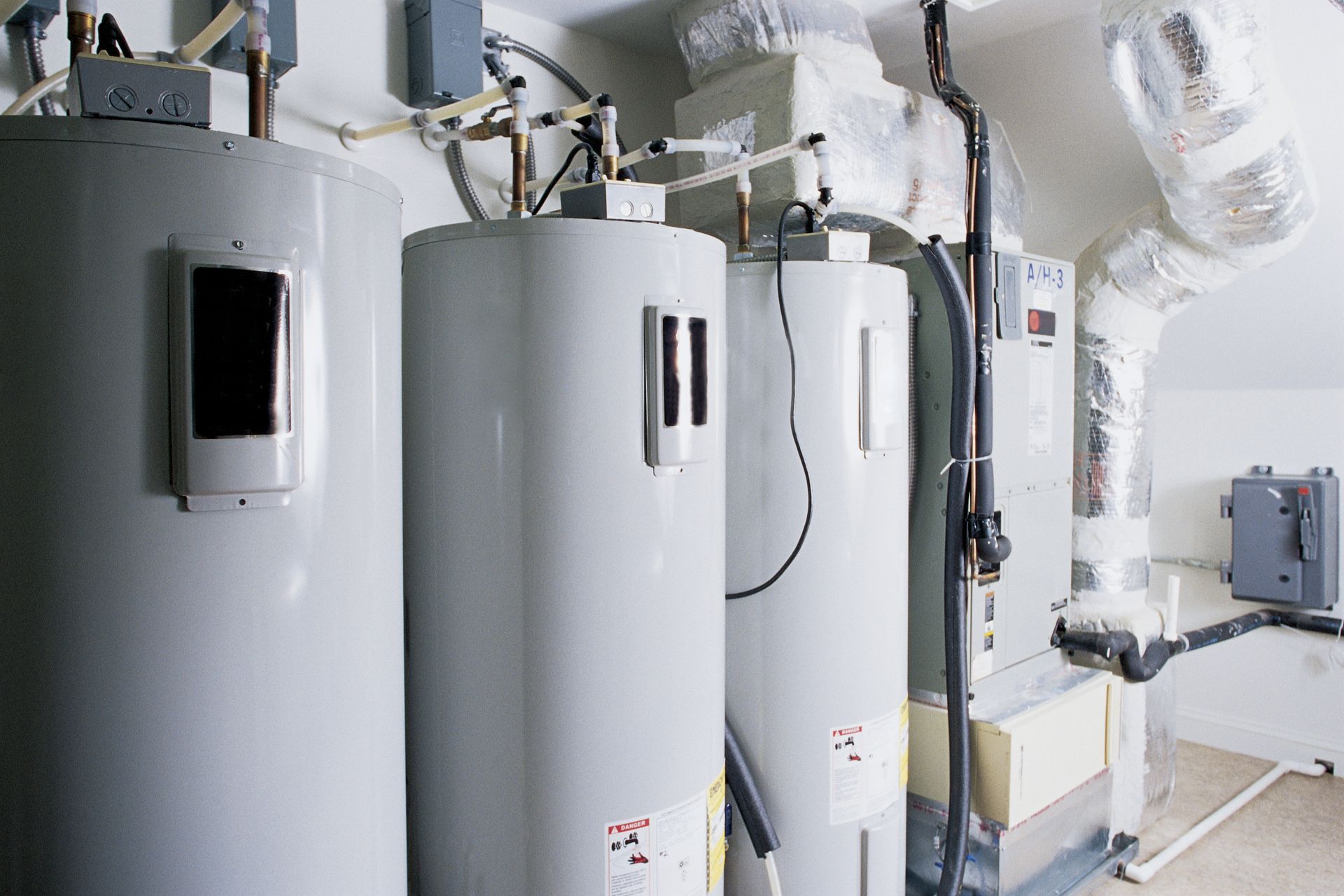
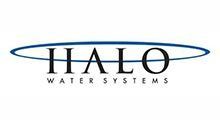

Share On: